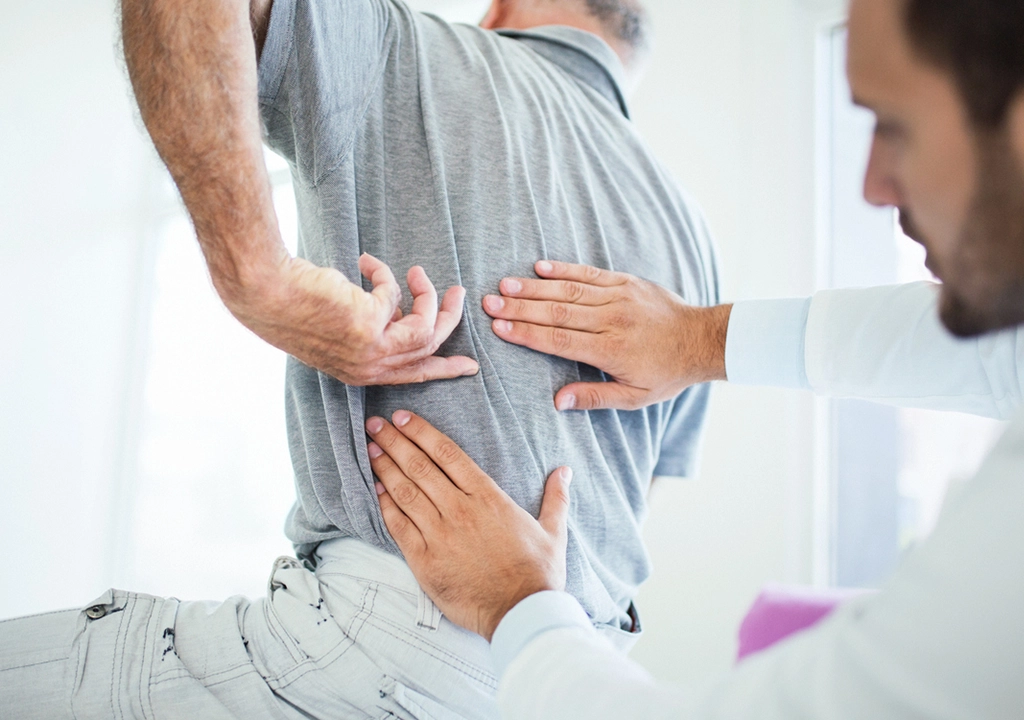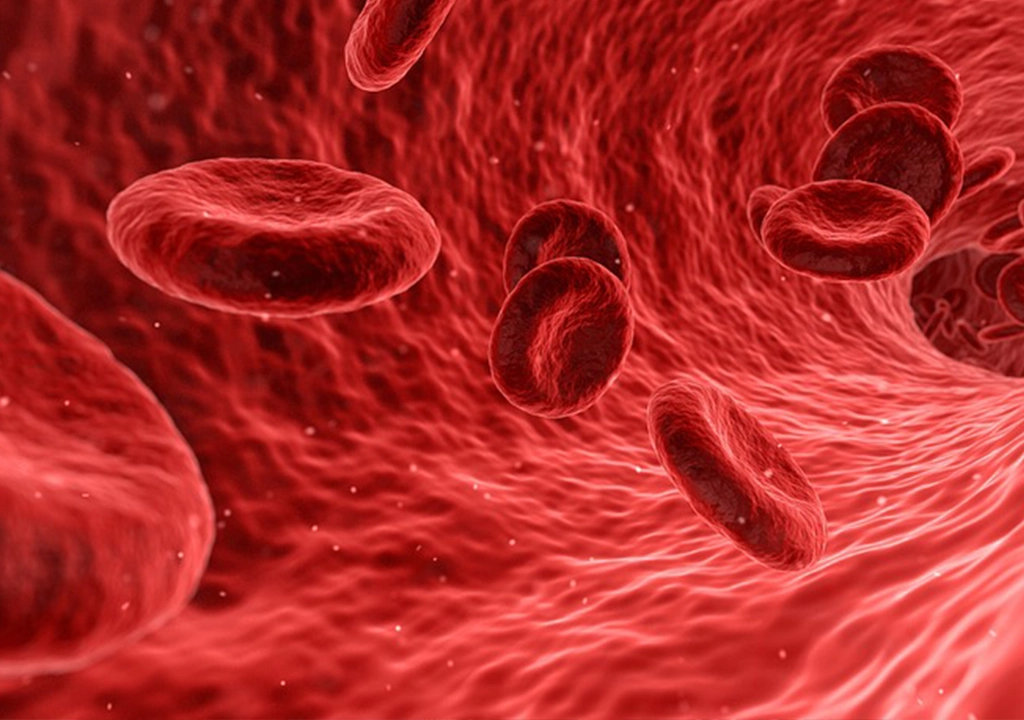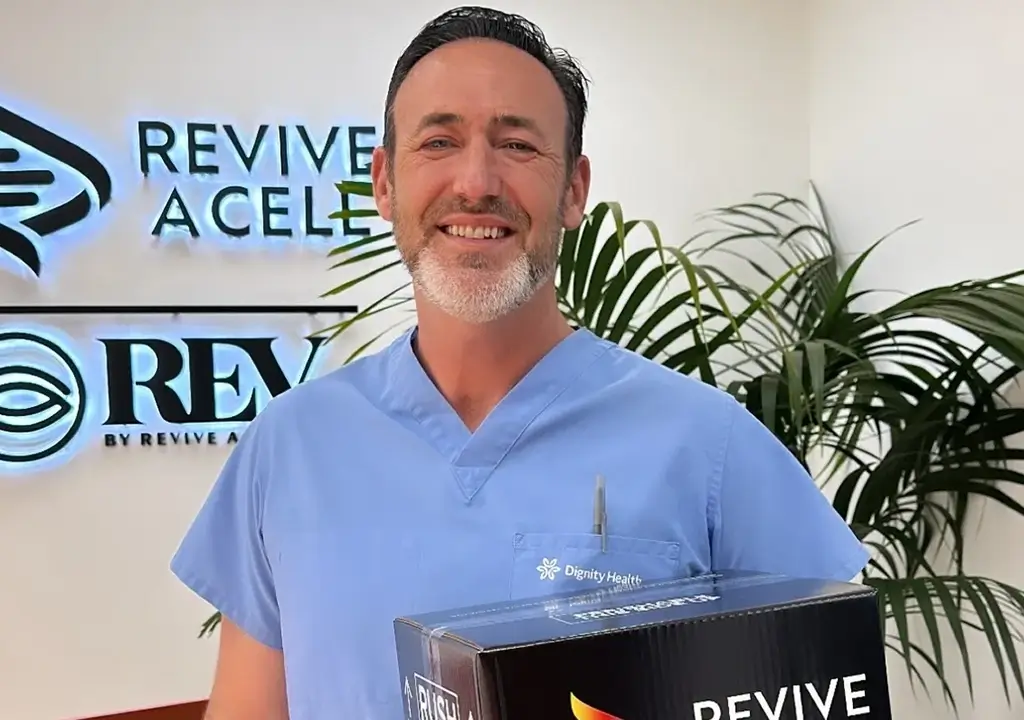PRP for Orthopedic Injuries: Enhancing Tissue Repair Naturally

Orthopedic injuries, from tendonitis to ligament tears, can be painful and limit mobility. Traditional treatments like physical therapy, corticosteroid injections, and even surgery are common approaches, but regenerative medicine offers a groundbreaking alternative: Platelet-Rich Plasma (PRP) therapy. This natural treatment harnesses the body’s own healing potential to accelerate recovery, reduce pain, and enhance tissue repair.
What Is PRP Therapy?
Platelet-Rich Plasma (PRP) is derived from a patient’s own blood. It contains a high concentration of platelets, which are rich in growth factors and proteins that promote healing and tissue regeneration. The process involves:
1. Blood Draw: A small amount of blood is taken from the patient.
2. Centrifugation: The blood is spun in a centrifuge to separate platelets from other components.
3. Injection: The concentrated PRP is injected into the injured area to stimulate healing.
Because PRP uses the body’s own cells, there’s minimal risk of rejection or allergic reaction.
How PRP Helps Heal Orthopedic Injuries
PRP therapy is particularly effective for musculoskeletal injuries, including:
• Tendon Injuries: PRP can help heal conditions like tennis elbow, Achilles tendonitis, and rotator cuff tears by reducing inflammation and enhancing tissue repair.
• Ligament & Joint Injuries: PRP is commonly used for knee injuries (such as ACL sprains), promoting collagen production and strengthening damaged tissues.
• Osteoarthritis: PRP can improve symptoms of knee, hip, and shoulder osteoarthritis by stimulating cartilage repair and reducing pain.
• Fracture Healing: Some studies suggest that PRP can accelerate bone healing, making it a potential adjunct to traditional fracture treatments.
Benefits of PRP for Orthopedic Injuries
• Speeds Up Healing: PRP enhances the body’s natural repair processes, reducing recovery time.
• Reduces Pain & Inflammation: Growth factors help minimize inflammation, providing long-term pain relief.
• Non-Surgical & Minimally Invasive: PRP is an alternative to surgery, with minimal downtime and fewer risks.
• Uses the Body’s Natural Healing Process: No foreign substances—just your own blood, concentrated for maximum healing power.
What to Expect During and After PRP Treatment
PRP injections are performed in an outpatient setting, usually taking under an hour. After the injection, patients may experience mild swelling or discomfort for a few days, as the healing process begins. Depending on the injury, multiple treatments may be recommended for optimal results.
Patients are typically advised to avoid strenuous activity for a short period post-injection, but many notice improvements within a few weeks, with continued healing over the following months.
Is PRP Right for You?
PRP is a promising treatment for orthopedic injuries, but it’s not for everyone. It works best for mild to moderate injuries and may be less effective for severe joint degeneration. Consulting with a provider at stem cell sports institute can help determine if PRP is the right option for your specific condition.
Conclusion
PRP therapy is revolutionizing orthopedic care by enhancing tissue repair naturally. Whether you’re dealing with a sports injury, chronic pain, or early arthritis, PRP offers a regenerative, non-surgical solution that taps into your body’s own healing abilities. If you’re looking for a way to recover faster and reduce pain without surgery, PRP might be the answer.





